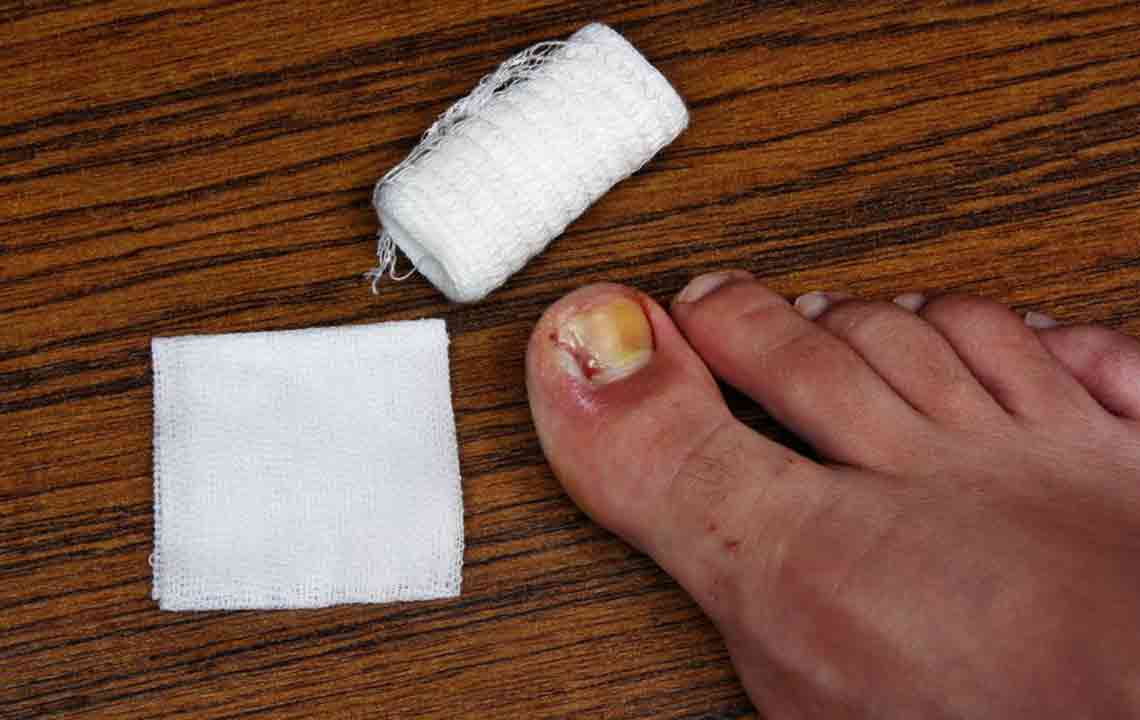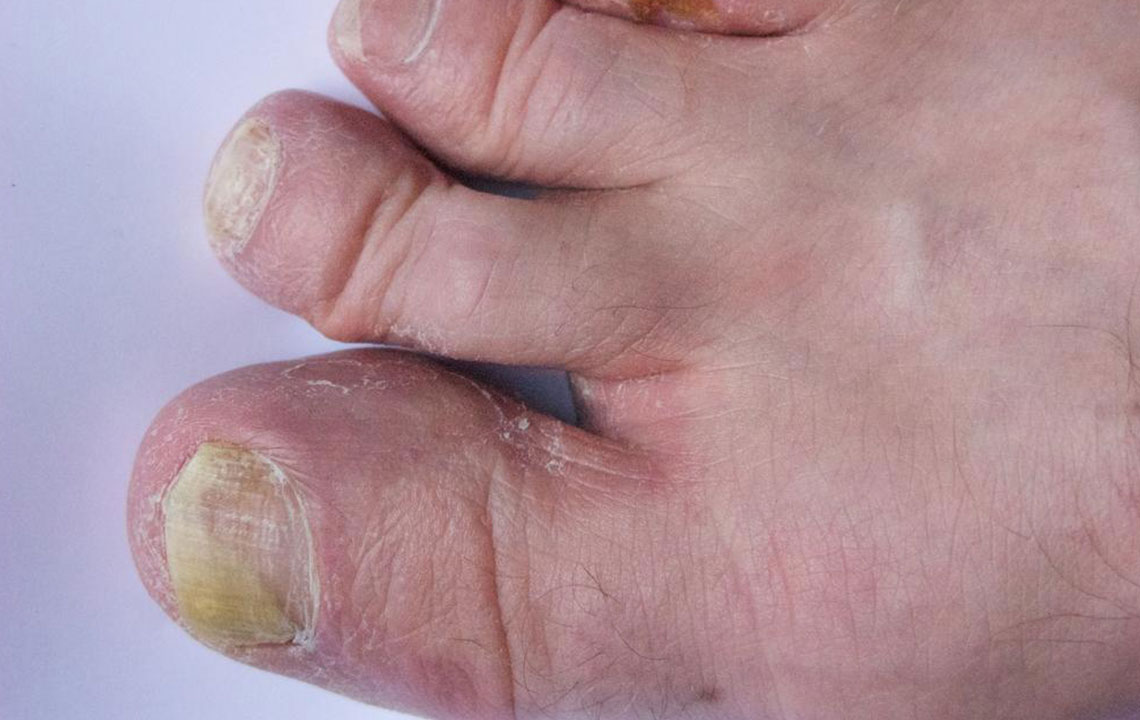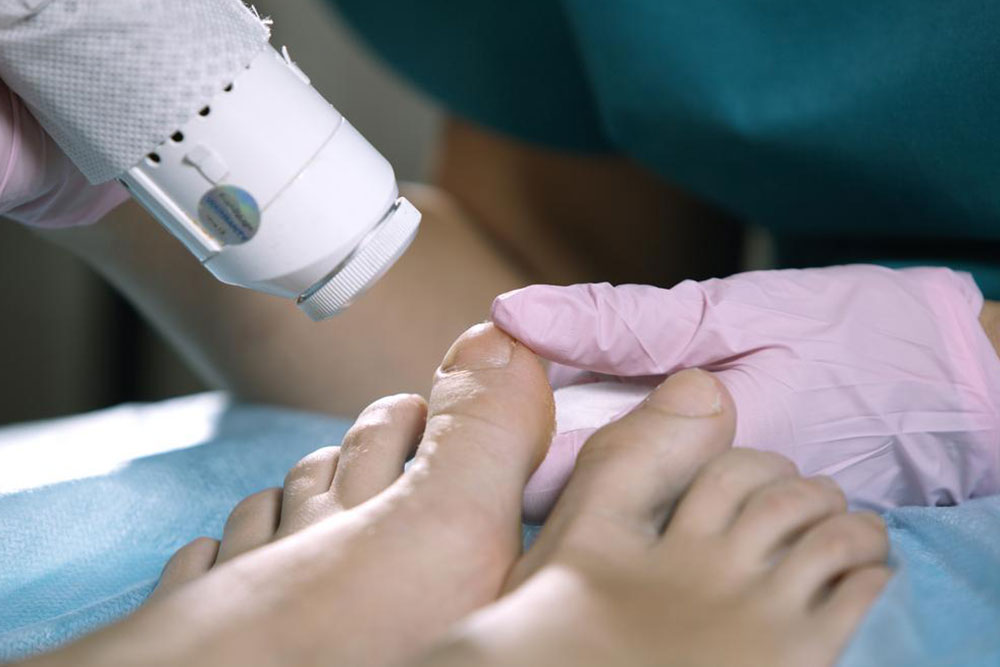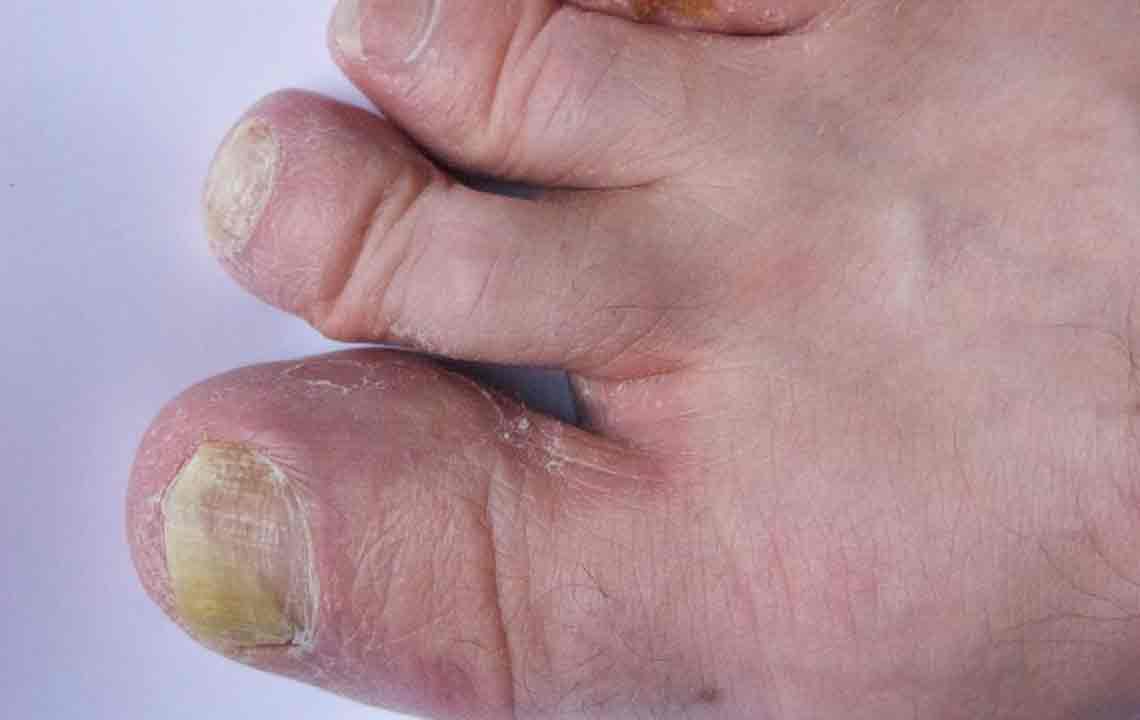Understanding and Dispelling Myths About Fungal Skin Infections
This comprehensive article clarifies common misconceptions about fungal skin infections, emphasizing the importance of accurate diagnosis, effective treatment, and good hygiene practices. It highlights how myths like ringworm being caused by worms or athlete's foot only affecting athletes can delay proper care. The piece informs readers about symptoms, contagion, and prevention, encouraging early medical consultation for optimal outcomes. Understanding these facts helps dispel fear and promotes proactive health management against fungal diseases, which are widespread but manageable with proper knowledge and timely treatment.

Understanding and Dispelling Myths About Fungal Skin Infections
Fungal infections are among the most common skin conditions worldwide, yet many individuals harbor misconceptions that hinder proper diagnosis and treatment. A lack of awareness can lead to misjudging symptoms and delaying necessary medical intervention. For instance, a rash appearing on the neck, arms, or other parts of the body might be mistakenly considered a simple insect bite or sunburn, leading people to ignore signs that could indicate a fungal infection. Recognizing the true nature of these infections is crucial for effective management and recovery.
Fungal skin infections are caused by various types of fungi, including dermatophytes, yeasts, and molds. These organisms thrive in warm, moist environments and can spread from person to person, or through contaminated surfaces and objects. Despite their prevalence, many myths persist about these conditions, leading to misconceptions about their causes, symptoms, and treatment options. Addressing these myths is an essential step toward encouraging timely medical consultation and adherence to appropriate treatment strategies.
One common myth is the belief that ringworm, a well-known fungal infection, is caused by worms. In reality, ringworm is caused by dermatophyte fungi, which infect the superficial layers of the skin, hair, or nails, leading to characteristic circular rashes. Another misconception is that athlete’s foot only affects athletes or those involved in sports; in truth, it can impact anyone, especially those who experience sweaty feet or wear damp footwear for extended periods. Similarly, many think that toenail fungus can be easily cured with home remedies, but often these infections require the intervention of healthcare professionals for effective treatment.
Understanding that most fungal infections are highly contagious underscores the importance of good hygiene and prompt treatment. If caught early by a medical professional, such infections are often manageable through topical antifungal medications, oral medicines, or a combination of both. Delaying diagnosis and treatment, however, can lead to more severe infections, prolonged treatment periods, and possible complications, including secondary bacterial infections or permanent nail damage.
Many individuals also underestimate the variety of symptoms associated with fungal infections. Symptoms such as itching, burning, redness, scaling, and sometimes a foul odor can all be indicative of a fungal skin condition. Recognizing these signs early and consulting a dermatologist ensures correct diagnosis and prevents the spread of infection. Healthcare providers may perform skin scrapings, cultures, or microscopic examinations to confirm the presence of fungi and determine the specific type involved.
Preventive measures are also vital in minimizing the risk of developing fungal infections. These include practicing good personal hygiene, keeping skin dry and clean, avoiding sharing towels or clothing, wearing breathable footwear, and managing sweaty areas effectively. For individuals prone to recurrent infections, maintaining a dry environment and regularly disinfecting surfaces can make a significant difference.
In conclusion, misinformation about fungal infections can lead to complacency, delays in treatment, or inappropriate use of over-the-counter remedies that may not be effective. Education plays a key role in dispelling myths and promoting awareness about the causes, symptoms, and treatment options for these common conditions. If you notice persistent skin issues, itching, or unusual rashes, seeking prompt consultation from a healthcare professional is the best way to ensure accurate diagnosis and effective management. Remember, fungal infections are common, treatable, and manageable when approached with proper knowledge and timely medical care.





